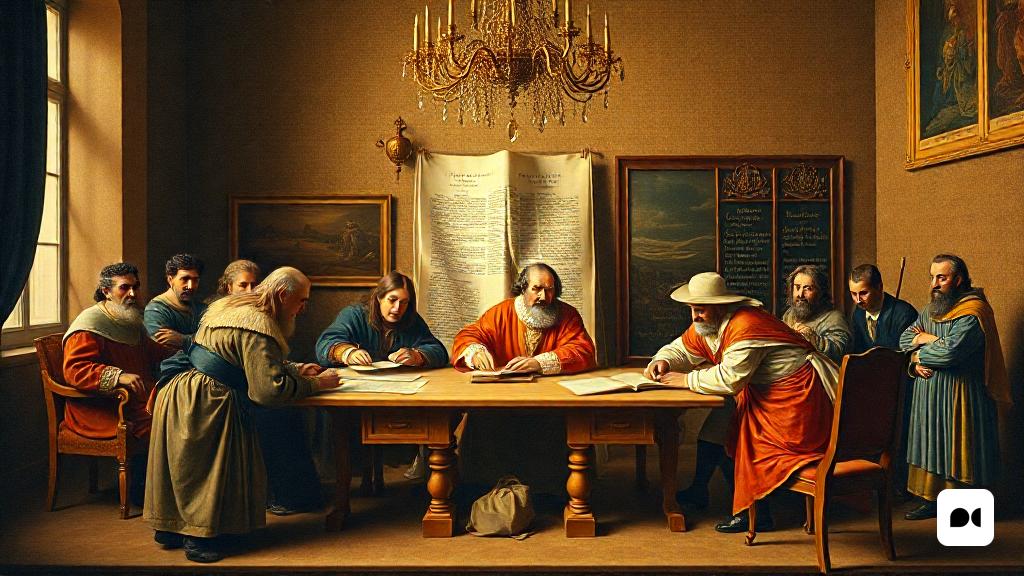A Decisive Moment in Catalan History
1640 marks a turning point in the history of Catalonia, a period marked by political and social tensions that would culminate in the Reaper Revolution. In this context, the Catalan government, composed of three members of the Generalitat, adopted decisive measures in the face of the imminent threat of a Hispanic invasion.
Key Instructions for Defense
In a communication sent to all the senior sergeants of the police stations, the government established a clear strategy for arming the population. Sergeants were authorized to adjust the number of recruits, prioritizing those capable of handling weapons such as pike, musket and arquebus, while ecclesiastics and those over 60 were exempted.
Military Preparation and Organization
In addition to the selection of soldiers, sergeants majors were responsible for disciplining and training the troops. The missive emphasized the importance of teaching obedience and the formation of squads, with a particular emphasis on the need to train commanders for better military organization.
A Mobilization Strategy
The missive also specified the creation of two cavalry companies in each vegueria, with a total of 60 horses per unit. Soldiers were to be armed with pistols and carbines, and the importance of collaboration with local communities was emphasized to ensure the necessary provisions for the troops.
The Impact of the Revolt
These measures were a response to a climate of revolt that spread throughout Catalonia, a reflection of the accumulated tensions that would lead to the proclamation of the First Catalan Republic in January 1641. The situation intensified with the declaration of war by part of Felipe IV, who sought to justify his military intervention in a context of political crisis.
Reflections on the Catalan Struggle
The mobilization of 1640 was not only a defensive act, but also a symbol of the struggle for autonomy and Catalan identity. The determination of the sergeants and the population in the face of external threats reveals a will to resist that has endured over the years.
A Historical Legacy
Beyond the immediate events, the actions taken during this period have left a mark on the history of Catalonia. The fight for freedom and the defense of rights thus becomes a legacy that continues to inspire future generations.

